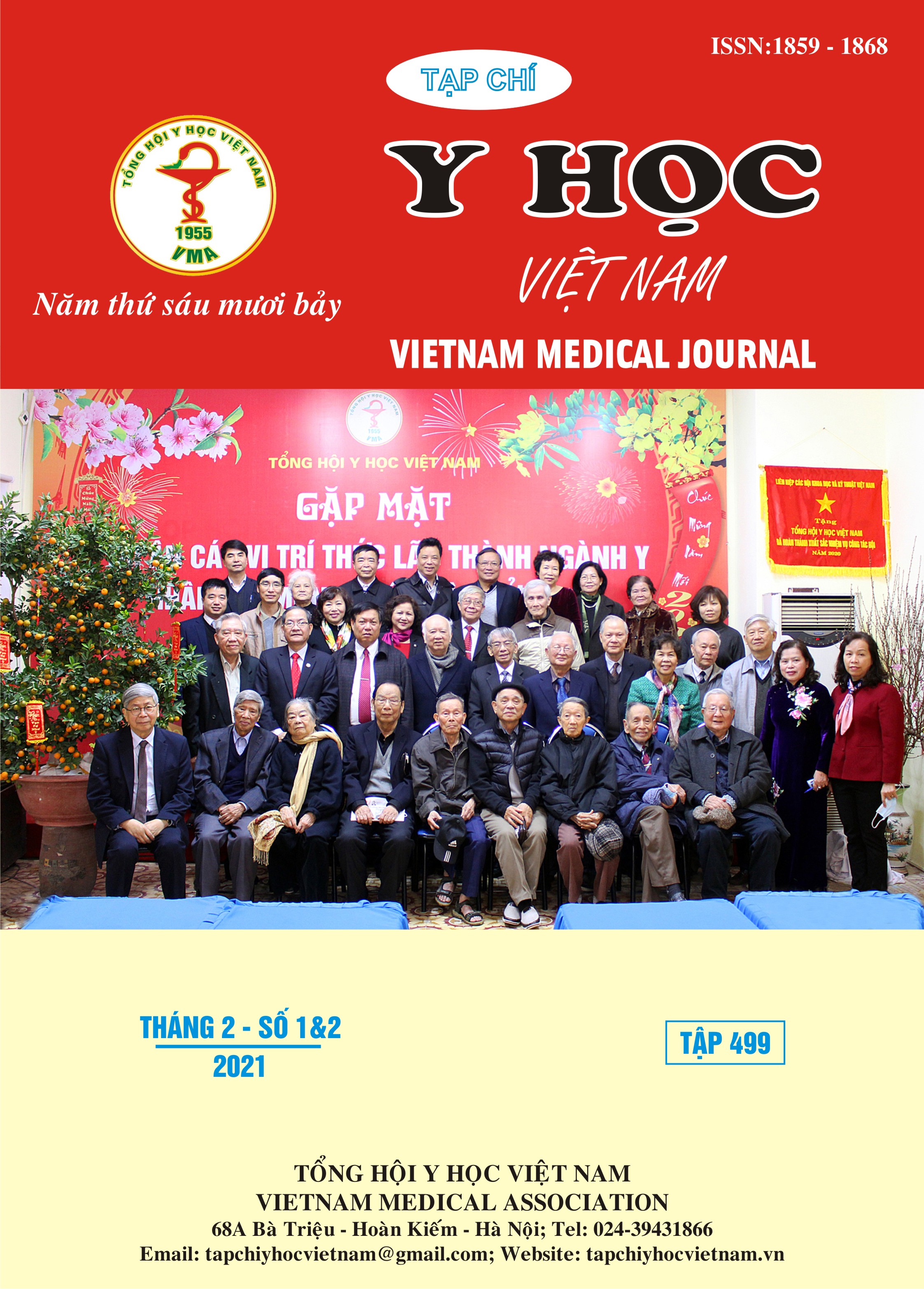LONG-TERM OUTCOMES OF RECOMBINANT HUMAN GROWTH HORMONE THERAPY IN CHILDREN WITH GROWTH HORMONE DEFICIENCY
Main Article Content
Abstract
Growth Hormone Deficiency (GHD) is a common cause of short stature, treated with the standard regimen of subcutaneous synthetic growth hormone (GH). Patients typically achieve a maximum height velocity in the first year of treatment, which then tapers shortly after treatment is stopped. Objective: to describe long-term outcomes of patients with GHD treated with rhGH. Patients and Methods: this is case series study on three patients with growth hormone deficiency aged 47 and 75 months. All patients presented with short sature (< -4 SD for age and sex); basal hormone levels showed low serum IGF1; skeletal wrist age was younger than chronologic age; cranial MRI revealed no masses. In the first case, provocative glucagon -GH stimulation testing demonstrated a peak GH level of 0.024 ng/mL.GH supplementation was started and pursued for 3 – 5 years. Results: dramatically increased height velocity: 14 – 18 cm in the first year, gradually decrease in the following years. Significant catch- up growth occurred in all of them after 3 years. Conclusion: short sature was the main clinical symtom of children on set GHD, in this case series. Early initiation of GH treatment in children with GHD improves their chance of achieving their normal height velocity.
Article Details
Keywords
growth hormone deficiency, Short stature in Children
References
2. Takeda A., Cooper K., Bird A, et al. (2010). Recombinant human growth hormone for the treatment of growth disorders in children: a systematic review and economic evaluation. Health Technol Assess Winch Engl, 14(42), 1–209.
3. Gharib H., Cook D.M., Saenger P.H, et al. (2003). American Association of Clinical Endocrinologists medical guidelines for clinical practice for growth hormone use in adults and children--2003 update. Endocr Pract Off J Am Coll Endocrinol Am Assoc Clin Endocrinol, 9(1), 64–76.
4. Grimberg A., DiVall S.A., Polychronakos C, et al . (2016). Guidelines for Growth Hormone and Insulin-Like Growth Factor-I Treatment in Children and Adolescents: Growth Hormone Deficiency, Idiopathic Short Stature, and Primary Insulin-Like Growth Factor-I Deficiency. Horm Res Paediatr, 86(6), 361–397.
5. Ayyar V.S. (2011). History of growth hormone therapy. Indian J Endocrinol Metab, 15(3), 162–165.
6. Hou L., Luo X., Du M, et al. (2009). [Efficacy and safety of recombinant human growth hormone solution in children with growth hormone deficiency in China: a multicenter trial]. Zhonghua Er Ke Za Zhi Chin J Pediatr, 47(1), 48–52.
7. Korpal-Szczyrska M., Dorant B., Kamińska H, et al. (2006). Evaluation of final height in patients with pituitary growth hormone deficiency who were treated with growth hormone replacement. Endokrynol Diabetol Chor Przemiany Materii Wieku Rozw Organ Pol Tow Endokrynol Dzieciecych, 12(1), 31–34.
8. Salah N., Abd El Dayem S.M., El Mogy F, et al. (2013). Egyptian growth hormone deficient patients: demographic, auxological characterization and response to growth hormone therapy. J Pediatr Endocrinol Metab JPEM, 26(3–4), 257–269.


